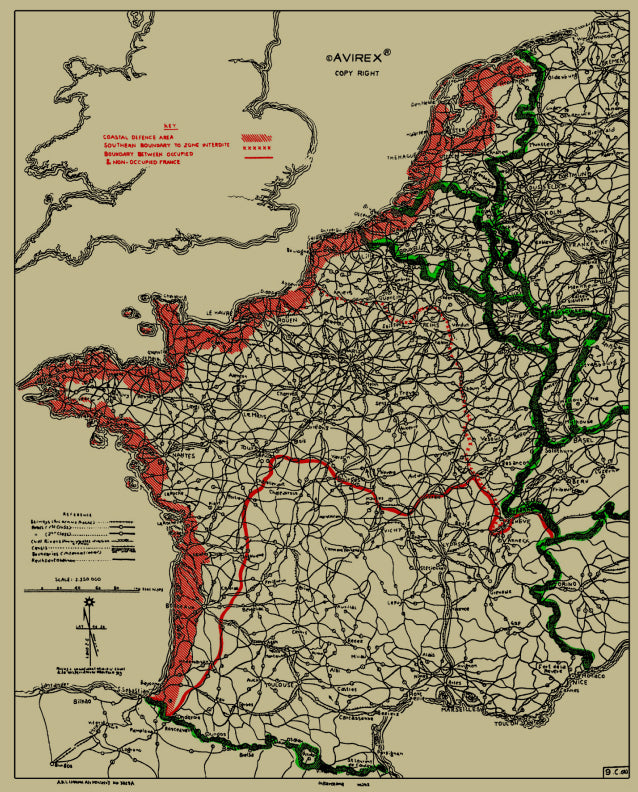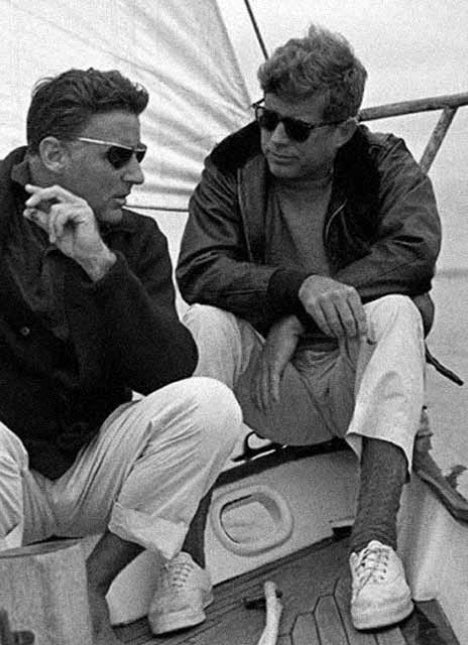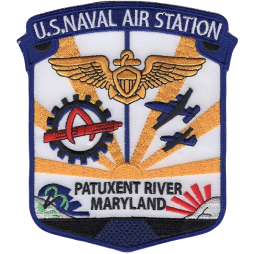Dettagli del prodotto
Famiglia: giacca G1
Collezione: Autunno/Inverno
Design classico della tradizione della Marina americana
Dispone di 2 toppe
Realizzato in pelle di capra marrone scuro
Colletto in montone e cerniera frontale in nichel
Due tasche applicate con patta chiusa da bottone
Cintura e polsini in lana
Tassello sotto il braccio per una maggiore libertà di movimento
Fodera in raso di rayon per il massimo comfort.
- Il modello è alto 186 cm e indossa una taglia M.
Materiali
Spedizione e resi
History of G1 PaTCH LEATHER JACKET

No one’s exactly sure when it was standardized; its predecessor, however, was most likely the type 440 jacket. Unlike the G1, the 440 did not have the distinctive mouton collar. During World War II, the U.S. Navy in the Pacific refused to allow pilots to decorate their G1 jackets. In the tropics, they reasoned, pilots wouldn’t need to wear their jackets outside of the cockpit. After the war, the Navy restricted painted decorations on the jackets and allowed only official patches. Ironically, this decree resulted in a dramatic increase in the number of patches on the pilot’s jackets. Today, the Navy only allows one patch per jacket.
The G1 jacket was introduced in the late 1930s and remained in continuous use until 1978. In 1981, thanks to the efforts by Secretary of the Navy John Lehman, the G1 was reinstated and made available again by 1983. Made in a very dark brown goatskin leather, the jacket has a mouton collar, a nickel plated zipper in front, and two patched pockets with flaps closed by buttons, with a pen slot in the left pocket. Waistband and cuffs are in 100% wool (waistband bi- directional). The back is bi-swing plated, with armpit gusset, side seams. The inside is in rayon satin.


The G1 jacket was introduced in the late 1930s and remained in continuous use until 1978. In 1981, thanks to the efforts by Secretary of the Navy John Lehman, the G1 was reinstated and made available again by 1983. Made in a very dark brown goatskin leather, the jacket has a mouton collar, a nickel plated zipper in front, and two patched pockets with flaps closed by buttons, with a pen slot in the left pocket. Waistband and cuffs are in 100% wool (waistband bi- directional). The back is bi-swing plated, with armpit gusset, side seams. The inside is in rayon satin.
No one’s exactly sure when it was standardized; its predecessor, however, was most likely the type 440 jacket. Unlike the G1, the 440 did not have the distinctive mouton collar. During World War II, the U.S. Navy in the Pacific refused to allow pilots to decorate their G1 jackets. In the tropics, they reasoned, pilots wouldn’t need to wear their jackets outside of the cockpit. After the war, the Navy restricted painted decorations on the jackets and allowed only official patches. Ironically, this decree resulted in a dramatic increase in the number of patches on the pilot’s jackets. Today, the Navy only allows one patch per jacket.




























